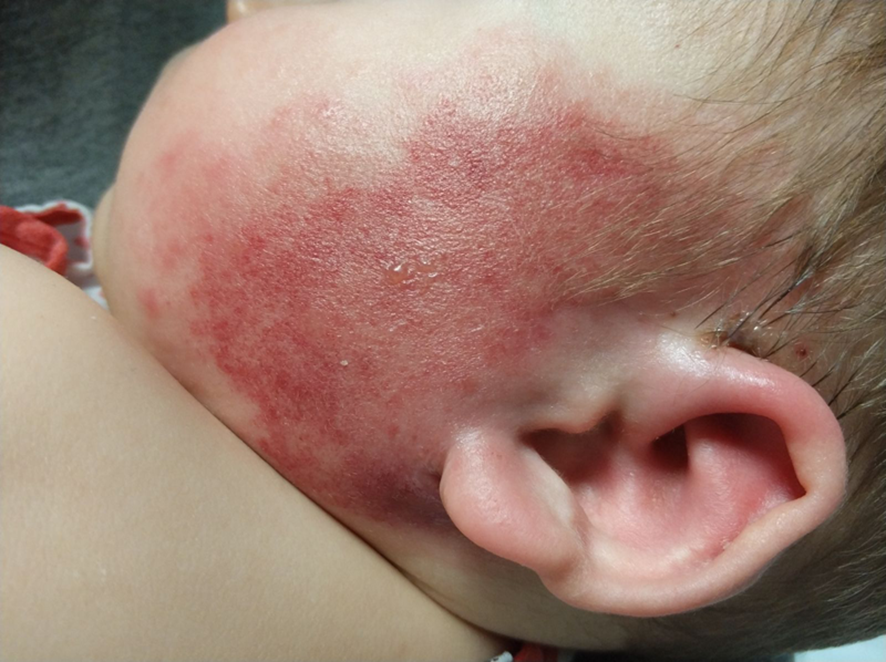Human #intestinal #spirochetosis:
✔️#sexual #transmitted infections
✔️of the large intestine by anaerobic spirochetes of the genus Brachyspira spp.
1/10
🖊️A De Gea, @alfredomaldo ,@clarapath, @MarianaDazAlmi1, @alirri, Raquel Escudero, et al.
👇
sciencedirect.com/science/articl…
✔️#sexual #transmitted infections
✔️of the large intestine by anaerobic spirochetes of the genus Brachyspira spp.
1/10
🖊️A De Gea, @alfredomaldo ,@clarapath, @MarianaDazAlmi1, @alirri, Raquel Escudero, et al.
👇
sciencedirect.com/science/articl…

@alfredomaldo @clarapath @MarianaDazAlmi1 @alirri Gastrointestinal symptoms such as abdominal pain, proctitis, or chronic diarrhea are the most common manifestations.
Most cases with accompanying symptoms show improvement with metronidazole antibiotic therapy.
2/10
#IntestinalSpirochetosis
Most cases with accompanying symptoms show improvement with metronidazole antibiotic therapy.
2/10
#IntestinalSpirochetosis
Routine staining methods (haematoxylin & eosin & Warthin-Starry) can identify spirochetes on the surface of enterocytes.
Histologically, characteristic findings include a decrease in microvilli &a predominantly eosinophilic inflammatory infiltrate.
3/10
#Pathologists #pathology
Histologically, characteristic findings include a decrease in microvilli &a predominantly eosinophilic inflammatory infiltrate.
3/10
#Pathologists #pathology

Microbiological Diagnosis: Stool polymerase chain reaction (PCR) can identify the presence of Brachyspira spp. bacteria at the microbiological level.
4/10
#microbiology #pathTwitter
4/10
#microbiology #pathTwitter
Epidemiological Trends: Recent studies have reported an increasing number of HIS cases among people living with #HIV (PLHIV) and men who have #sex with men.
This has raised the possibility of HIS being classified as a sexually transmitted infection (#STI).
5/10
This has raised the possibility of HIS being classified as a sexually transmitted infection (#STI).
5/10
36 cases of HIS with the majority being males.
· 29.4% of the patients were PLHIV.
· 56% were men who had sex with men.
· The most frequent clinical manifestation was chronic diarrhea (47%).
· Up to 25% of the subjects presented with clinical proctitis.
6/10
#SexualHealth
· 29.4% of the patients were PLHIV.
· 56% were men who had sex with men.
· The most frequent clinical manifestation was chronic diarrhea (47%).
· Up to 25% of the subjects presented with clinical proctitis.
6/10
#SexualHealth
39% of the patients had been diagnosed with an #STI in the previous two years. This characteristic was more frequent in PLHIV (90% vs. 28%) compared to patients without HIV infection.
#Syphilis was the most frequently associated STI with a diagnosis of HIS (31%).
6/10
#Syphilis was the most frequently associated STI with a diagnosis of HIS (31%).
6/10
Human Intestinal Spirochetosis has gained significance due to:
✔️ its association with #HIV infection,
✔️a history of #STIs, and
✔️#immunosuppression
6/10
✔️ its association with #HIV infection,
✔️a history of #STIs, and
✔️#immunosuppression
6/10
A total of 36 cases of HIS were identified, with the majority being males.
· 29.4% of the patients were #PLHIV.
· 56% were men who had #sex with #men.
· The most frequent clinical manifestation was chronic diarrhea (47%).
· Up to 25% of the subjects: clinical proctitis.
6/10
· 29.4% of the patients were #PLHIV.
· 56% were men who had #sex with #men.
· The most frequent clinical manifestation was chronic diarrhea (47%).
· Up to 25% of the subjects: clinical proctitis.
6/10
39% of the patients had been diagnosed with an STI in the previous two years.
This characteristic was more frequent in PLHIV (90% vs. 28%) compared to patients without #HIV infection.
#Syphilis was the most frequently associated STI with a diagnosis of HIS (31%).
7/10
This characteristic was more frequent in PLHIV (90% vs. 28%) compared to patients without #HIV infection.
#Syphilis was the most frequently associated STI with a diagnosis of HIS (31%).
7/10
Human #Intestinal #Spirochetosis has gained significance due to its:
✔️association with HIV infection,
✔️a history of STIs, and
✔️immunosuppression.
9/10
✔️association with HIV infection,
✔️a history of STIs, and
✔️immunosuppression.
9/10
Conclusion: This study highlights the association between HIS and sexually transmitted infections, particularly in individuals living with HIV and those with a history of STIs.
10/10
#HIS #IntestinalSpirochetosis #STI #SexualHealth
10/10
#HIS #IntestinalSpirochetosis #STI #SexualHealth
• • •
Missing some Tweet in this thread? You can try to
force a refresh

 Read on Twitter
Read on Twitter
















